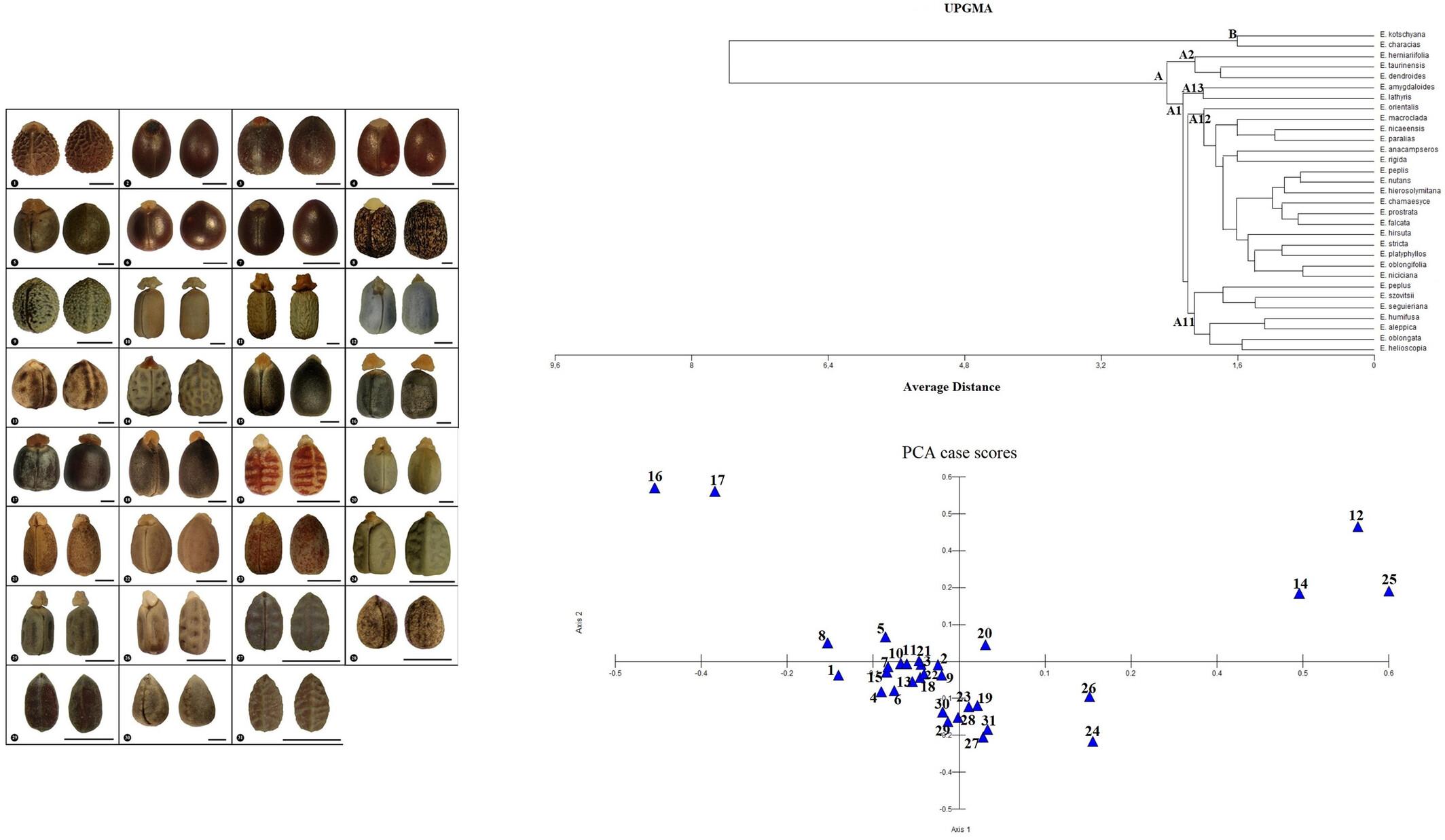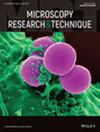Seed morphology of 31 Euphorbia L. species (Euphorbiaceae) in Turkey and their taxonomic significance
Abstract
This paper includes a comprehensive taxonomical study based on seed morphology of 31 Euphorbia L species from Türkiye. The studied Euphorbia taxa have been examined for morphological traits such as seed color, dimensions, surface ornamentation, cell wall structures, lipid granule presence, and caruncle shape and dimensions with Scanning electron microscopy (SEM) and stereo microscopy to develop a better understanding of the basis of its species. The outcomes show that the species differ based on seed shape and color. The seed width dimensions are between 0.55 and 3.83 mm and the length dimensions are between 1.03 and 5.87 mm. Euphorbia lathyris, E. prostrata, and E. nutans are marked differently from the rest of the studied species based on their seed dimension. The seed surface ornamentation is classified into 12 different types: tuberculate, reticulate, areolate, colliculate, verrucate, alveolate, rugose, alveolate-reticulate, slightly reticulate, reticulate-areolate, pusticulate, and ruminate. The most common form is reticulate, found in eight species. The tuberculate (in E. helioscopia), areolate (in E. oblongata), slightly reticulate (in E. amygdaloides), and ruminate (in E. herniariifolia) ornamentation types are each characterized by only one species. The presence of lipid granules and anticlinal and periclinal cell walls disclose interspecific relationships within the examined taxa. Also, an identification key is offered for the studied species based on seed characters.
Research Highlights
- The seeds of Turkish Euphorbia species have been studied in depth.
- The morphological characters of seeds of Turkish Euphorbia species have been examined utilizing SEM and light microscopy for the first time and discussed the taxonomic practice of these characteristics.
- A dichotomous key containing seed morphological data has presented.


 求助内容:
求助内容: 应助结果提醒方式:
应助结果提醒方式:


